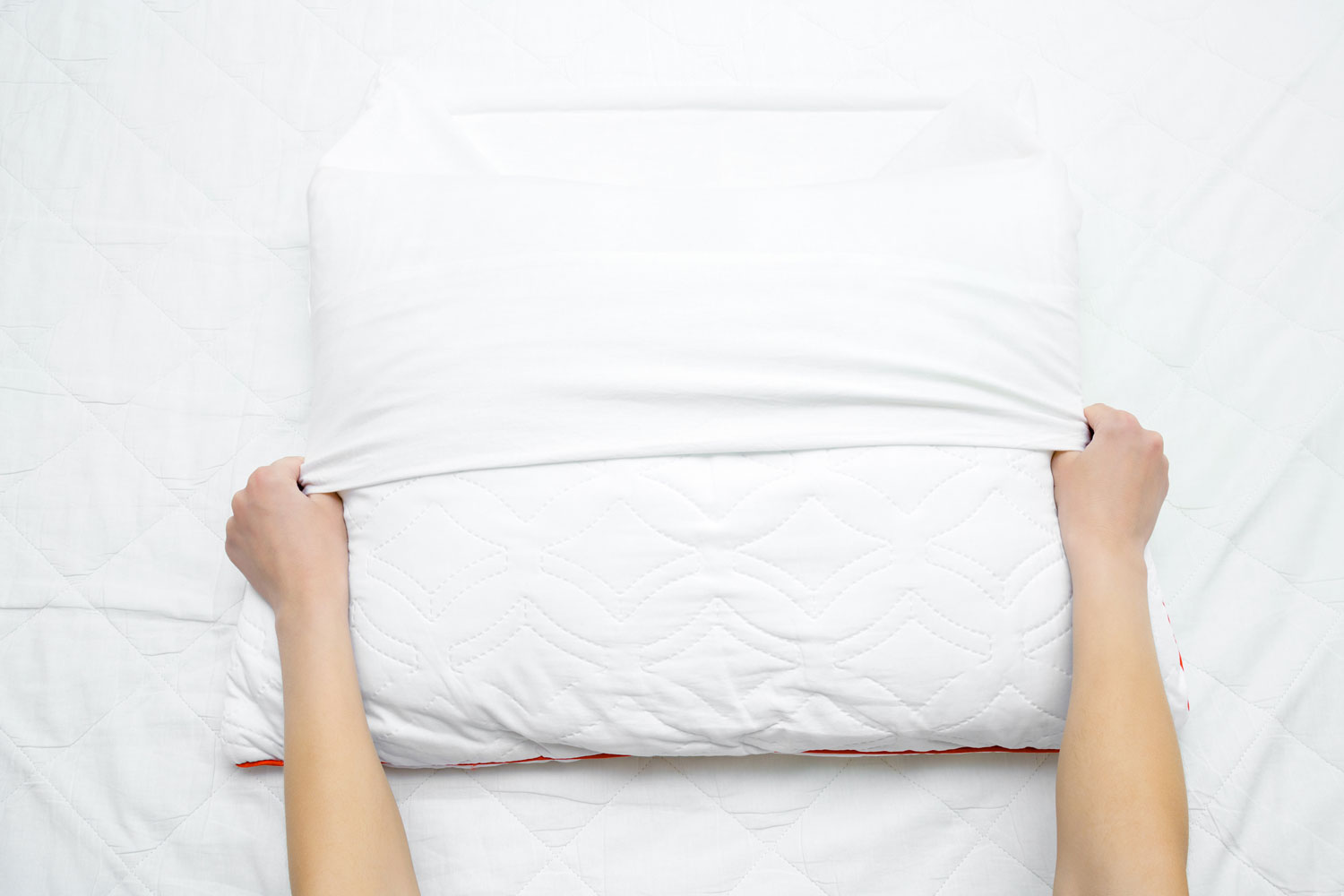Every two years, you should be in the market for a new pillow. While you’re dreaming the night away, your current pillow absorbs body oil, sweat, saliva, dead skin and hair. The accumulation creates a wonderland for dust mites, a breeding ground for bacteria and a smelly situation. The Asthma and Allergy Foundation of America states that people shed enough skin daily to feed 1 million dust mites. That’s quite the mealtime spread for creatures that can trigger asthmatic symptoms and year-round allergies.
Your pillow and mattress work in tandem while you sleep. Pillows align the neck and spine, working with the mattress to let your body rest and reposition itself after a long day. After a while, contents—from foam to feathers—break down and lose their original form. No matter how you fluff, fold or squish your pillow, the head weight it bears will wear it out. And no matter the materials or money spent, the time will come when a pillow no longer functions properly.
Our sleeping habits and positions change. Stomach sleepers can evolve into side sleepers. Feather pillows that were once your favorite now make you sneeze, turning you into a foam-filler devotee. Our bodies require different materials and heights to properly align the head, neck and spine. As aging occurs, back sleepers may prop themselves up with more pillows to get comfortable.
But you really, really love your pillow—it’s totally understandable. Here are some tips to prolong its lifespan so you won’t have to part ways so soon.
Wash it
Most pillows are crafted from machine washable materials, so read the care label. Every six months, wash pillows in hot water with mild detergent and a splash of bleach to kill germs and deodorize (unless otherwise noted). Toss them into the dryer on low heat or air fluff only. Mold grows in damp conditions, so be sure to completely dry your pillow. If it requires spot cleaning or dry cleaning, it’s definitely not one for the washing machine.
Cover it
Pillow covers are critical in prolonging a pillow’s life and keeping the creepy things mentioned earlier—sweat, drool, dust mites—from burrowing inside. A cover creates an effective shield between your pillowcase and pillow and should be washed every three to four weeks.

Fluff it
Pillows made from shredded materials or feathers need a little air infused into them each day. Reshaping them each time you make the bed helps keep your favorite pillow true to form and not too compact.
TYPE OF PILLOW
LIFESPAN
3-4 years
3 years
18-36 months
18-36 months
2+ years
18-24 months
6-24 months














